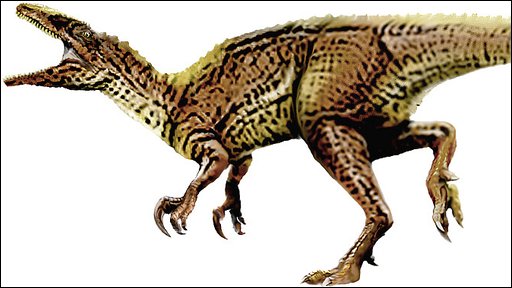Students validate 1924 dinosaur findings of paleontologist
 Toronto, Dec 15 : Three paleontology graduate students blew the dust off an 85-year-old dinosaur find to discover that the original researcher had identified it right as an ankylosaur, Dyoplosaurus, and a 1970s revision was wrong.
Toronto, Dec 15 : Three paleontology graduate students blew the dust off an 85-year-old dinosaur find to discover that the original researcher had identified it right as an ankylosaur, Dyoplosaurus, and a 1970s revision was wrong.
University of Alberta (U-A) graduate students were studying a 76-million-year-old armadillo-like, armoured dinosaur, whose remains were found in 1924 in southern Alberta.
Victoria Arbour was focused on the fossilised remains of the animal's pelvis and clubbed tail. Mike Burns examined its body armour and skull, and Robin Sissons was interested in how the animal got around, concentrating her work on its foot and limb mechanics.
The students travelled to the Royal Ontario Museum in Toronto and began a detailed examination of the skeleton.
When they combined their findings, the trio discovered the specimen had been misidentified as the ankylosaur species Euoplocephalus. That re-classification was given to the bones in the mid seventies, supposedly correcting the original 1924 research by the late Canadian paleontologist, William Parks.
After re-examining the bones found by Parks and comparing them to more recent ankylosaur finds from Alberta the students came to a conclusion: Parks was right all along. His dinosaur is an ankylosaur, Dyoplosaurus, meaning "double armoured dinosaur".
This discovery increases the number of known ankylosaur species. The lesson learned by the students in their investigation is that new dinosaur discoveries and new technologies enable researchers to reassess old ideas, said a U-A release.
The students' work is slated for publication in the Journal of Vertebrate Paleontology.(IANS)